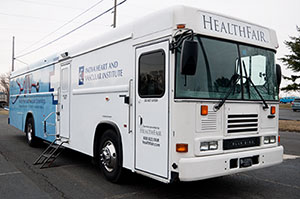Here is an informational snapshot of long-term services and support (LTSS) for seniors in the United States. This includes information about the number and proportion of seniors who will need LTSS because of physical and cognitive impairment, the role of unpaid family caregivers in providing the majority of LTSS, the role of Medicaid (not Medicare) as the primary payer for LTSS, the shifting of Medicaid spending from institutional-based care toward community-based care, and the fact that 35% of US adults 40 years or older say they have set aside money for their long-term needs.
Slideshow about long-term care for seniors… Continue reading








